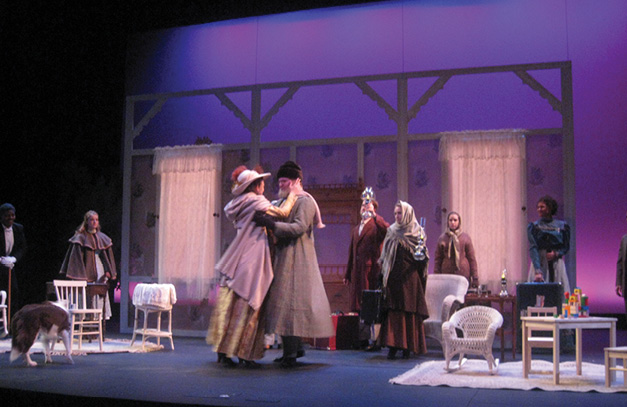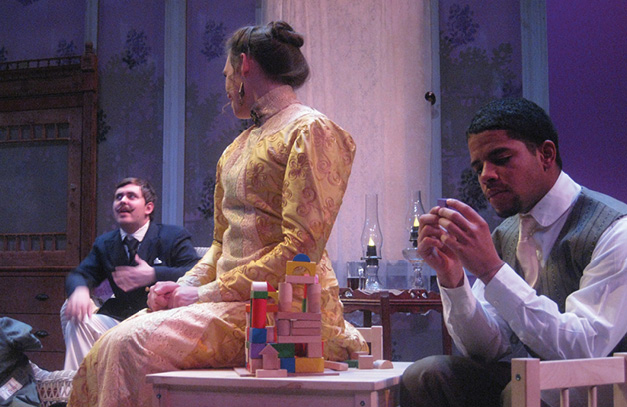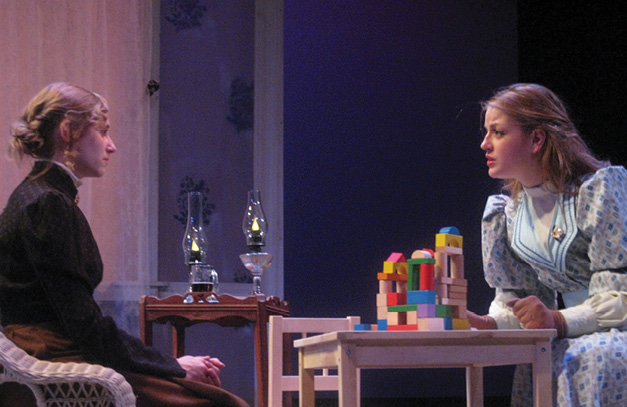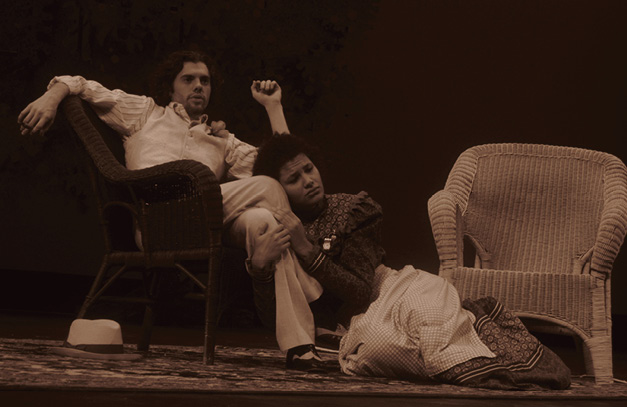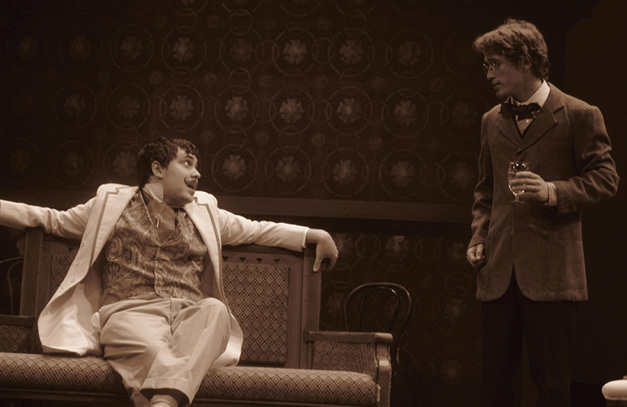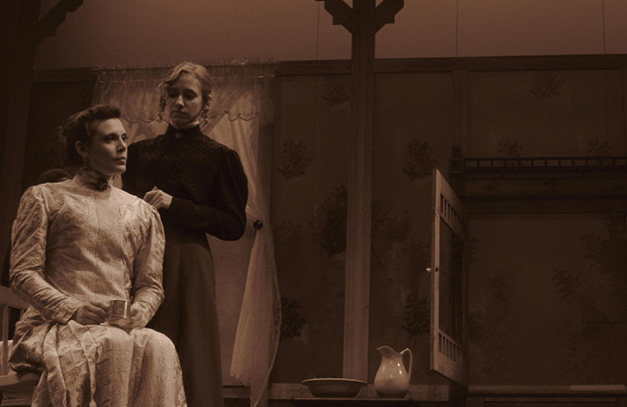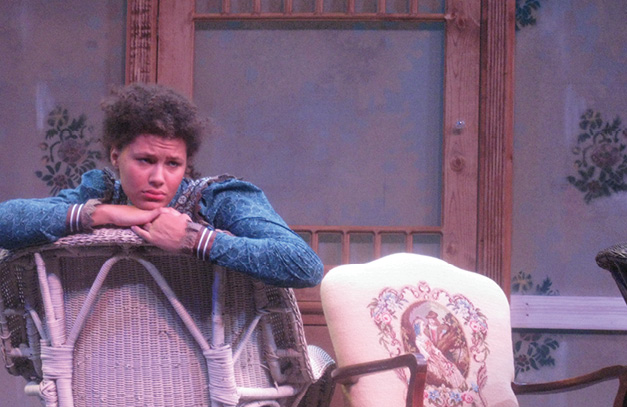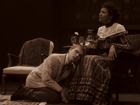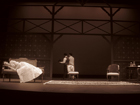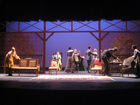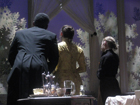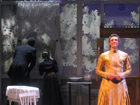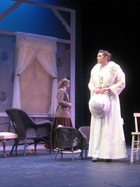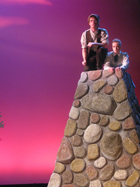
Director's Statement
A Russian story of loss and change realized with images of Michigan memory.
What does Michigan have in common with The Cherry Orchard? More than one might think at first, for Michigan leads the nation in cherry farming, as well as foreclosure and debt. Hoping to amplify our local audience’s connection to this classic Russian drama, I asked the scenic design team to use research of turn-of the century northern Michigan architecture and cherry orchards. Know that we did not change the location of the play’s action or alter the script in anyway. The intent was to visually represent familiar geography to our audiences, in order to ignite emotional engagement with the themes. How many local citizens have memories of a cottage up north, or a family ancestral farm or home, which must be sold in due to economic hard times.
I asked costume design to use archival photographs of late nineteenth century upper and middle-class citizens who vacationed in northern Michigan. Most importantly, clothing of the central character of Lopahkin (a child of a Russian slave), was directly inspired by photos of late 19th century African-Americans in Northern Michigan. These photos showed this rising social group enjoying middle-class economic status, leisure activities, vacationing in northern Michigan. The parallels of Russian slaves and American slaves were deliberately evident in casting. The American dream can now belong to anyone, not matter the ancestry. it was Lopahkin’s dream to own the estate, and in The Cherry Orchard, this dream becomes real.
I hoped that the production imagery would engage our audience’s heartstrings too. Devising theatre methods were used to create a pre-show, image-based silent scene to explain the drowning of the young son Grisha under the tutor’s Trofimov’s care: a toy sailboat. The image of child with his sailboat falling apart continued in transitions as a through line image, until Firs’ death, when the child passed with all that was left – a tiny white sail. Nostalgia and loss are always near, yet with loss comes change necessary for the future.
Additional Photos
The Cherry Orchard
By Anton Chekhov, Translation by Tom Stoppard
Director
Janet Haley
Scenic Designer
Stephen D. Landon
Costume Designer
Mary Ann Kelling
Lighting Designer
Doug Mueller
University of Michigan-Flint Department of Theatre and Dance Mainstage
November 2009
Photos by Christina Bellows
Downloads











